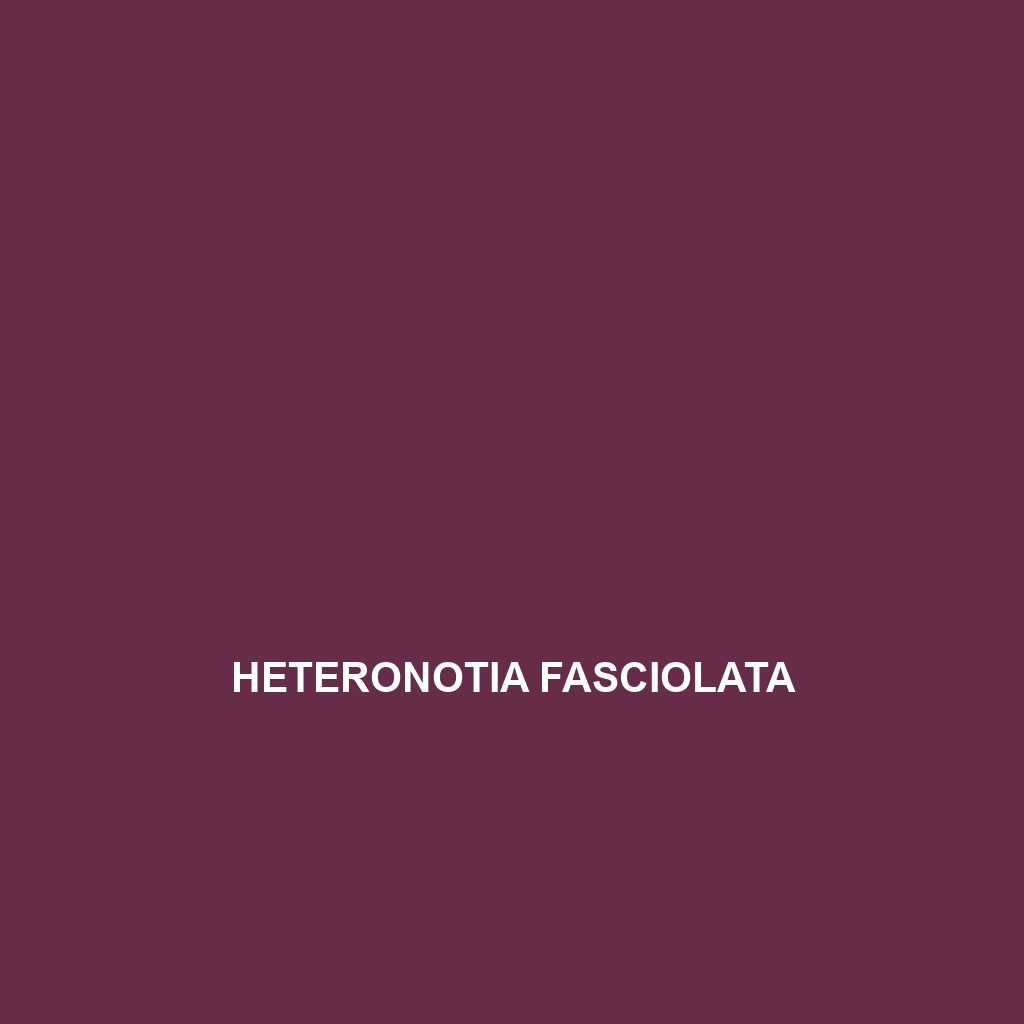Common Name
Heteronotia fasciolata
Scientific Name
Heteronotia fasciolata
Habitat
Heteronotia fasciolata, commonly known as the Australian bumpy gecko, is primarily found in the arid and semi-arid regions of central and northern Australia. It typically inhabits environments such as savannas and woodlands, favoring rocky and sandy substrates that provide essential refuge and hunting grounds. The gecko is well adapted to its habitat, tolerating variable climates, including the dry heat of desert areas and the cooler temperatures of temperate forests. These geckos thrive in areas with sparse vegetation, where they can hide among rocks and leaf litter, allowing them to avoid predators while maintaining their hunting territory.
Physical Characteristics
Heteronotia fasciolata is a small, stout lizard known for its distinctive appearance. Adults typically reach a length of 15 to 20 cm (6 to 8 inches). They possess a flattened body shape and a broad head, which aids in their agility and speed. The coloration of this species varies greatly but typically features a combination of sandy browns and grays, with darker bands or stripes running along their dorsal side. These patterns serve as excellent camouflage against the rocky terrain, enhancing their ability to evade predators. Their unique adaptations include a set of well-developed toe pads, which provide them with the ability to climb with ease on vertical surfaces.
Behavior
The behavior of Heteronotia fasciolata is predominantly nocturnal, making these geckos active during the cooler night hours. They exhibit a range of social interactions, primarily being solitary creatures, but they may be observed interacting during mating season. Their mating rituals include elaborate courtship displays where males may perform push-ups or head-bobbing to attract females. The gecko is also known for its remarkable ability to blend into its surroundings, using this camouflage to ambush prey and avoid becoming a meal itself. During the day, these geckos hide in crevices and under rocks to retreat from the sun’s harmful rays and conserve moisture.
Diet
Heteronotia fasciolata is primarily an insectivore, subsisting on a diet mainly composed of small insects and invertebrates. They utilize their excellent eyesight to hunt effectively at night, capturing crickets, beetles, and other small prey using a rapid strike method. Their role as predators is crucial in controlling insect populations, contributing to the overall balance of their ecosystem. Occasionally, they may supplement their diet with nectar, showcasing a slight omnivorous tendency.
Reproduction
The reproductive cycle of Heteronotia fasciolata is characterized by seasonal mating, which primarily occurs during the warmer months of the year. Females typically lay one to two eggs per clutch, with gestation lasting roughly 30 to 60 days, depending on environmental conditions. The eggs are often laid in sheltered areas, such as under rocks or within leaf litter, providing protection from both predators and temperature fluctuations. After hatching, the young geckos are independent and receive no parental care, relying on their instincts to survive in the wild.
Conservation Status
As of now, Heteronotia fasciolata currently holds a conservation status of Least Concern according to the IUCN Red List. Despite their stable population numbers, certain challenges threaten their habitat, including land development, habitat fragmentation, and the impacts of climate change. Conservation efforts focus on habitat preservation and management, ensuring that this unique species can continue to thrive in the wild.
Interesting Facts
One fascinating aspect of Heteronotia fasciolata is its ability to regenerate its tail after losing it, a common defense mechanism among reptiles. This unique adaptation allows them to escape predators, although the regrown tail differs in appearance from the original. Additionally, their remarkable ability to change color slightly depending on their environment is a survival trait that improves their camouflage, enhancing their chances of evading detection.
Role in Ecosystem
Heteronotia fasciolata plays a vital role within its ecosystem as a predator of various insects, helping to maintain the balance of the food web. Furthermore, they serve as potential prey for larger predators, including birds of prey and snakes, contributing to the cycle of energy transfer within their habitat. The presence of these geckos can indicate the overall health of their environment, as a stable population often reflects a balanced ecosystem. Their interactions within the community underscore their importance as both predators and prey, making them a keystone species in their respective habitats.
